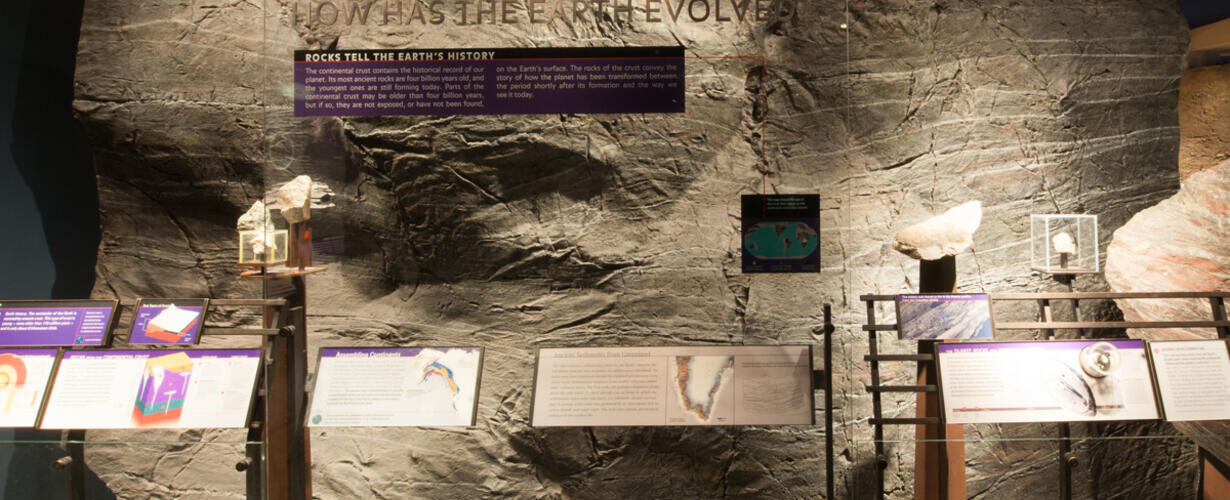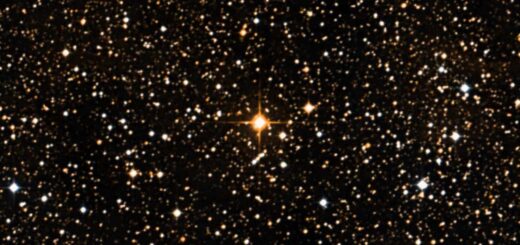When Earth Was Born Evolution of Earth

In the past few billion years, Earth has been pummeled by asteroids, crashed into other planets and frozen over several times not to mention being ruled by all kinds of crazy lifeforms.
Sometimes it’s a wonder that our blue home world has survived at all. But if we want to take a whirlwind tour of our planet’s history, we’ll have to start way back at the very beginning.
4.5 BILLION YEARS AGO
4.5 billion years ago, our Solar System began to emerge out of a dense cloud of interstellar gas and dust. This cloud collapsed into a swirling disk of matter that got hotter and hotter and hotter until hydrogen fused into helium and just like that, our Sun was born and baby Earth was on its way too. After the birth of our star, all the matter on the farthest ends of the spinning disk began to clump together. These clumps would be the seedlings for the planets and moons in our Solar System. As they accumulated more matter, they grew bigger and more spherical. The clumps in the cooler regions of the Solar System were mostly made of ice, liquids and gases.
Closer to the Sun
All the rocky material formed the inner planets like Mars and Earth. This young Earth was incredibly active, volcanically speaking. It spewed out gases like hydrogen sulfide, methane and carbon dioxide. These gases made up the very first atmosphere on our planet. Early Earth was constantly bombarded by large asteroids and comets and soon, Earth experienced an even more violent collision. Theia, a planet the size of Mars, slammed right into our young world. This epic collision threw chunks of matter all around Earth’s orbit, and then gravity bound them together into what we now know as the Moon.
3.8 Billion Years Ago
On this hot early Earth, there were no oceans, all water existed as gas. But 3.8 billion years ago, our planet cooled enough for water to condensate and become liquid. The very first primitive ocean covered this young Earth and turned it into a water world. H2O is an essential ingredient for creating living things. So with all that water, life appeared on Earth about 3.7 billion years ago. These earliest forms of life were microscopic organisms. But it was nearly a billion years after that, that some of these organisms changed the course of the world.
3.3 Billion Years Ago
Earth didn’t stay as a water world very long. Soon, the very first continents emerged from the ancient ocean. Scientists call them cratoons as more and more land rose from the ocean, the very first supercontinent appeared on the planet. Vaalbara wasn’t exactly a supercontinent. It was pretty small. Scientists think it was smaller than the continent of Australia.
2.4 Billion Years Ago
Around 2.4 billion years ago, cyanobacteria evolved to become our planet’s first photosynthesizers. Finally, we had some oxygen producers to make Earth’s atmosphere much more hospitable. And the rest is history, folks. Just kidding. We’ve still got a long way to go with all this new oxygen, Earth’s atmosphere had much lower levels of carbon dioxide and that made the planet icy cold. Much of our young world froze over as Earth saw its first ice age.
1.1 Billion Years Ago
Now, as Earth’s atmosphere was changing, the continents were moving, too. They broke up and reassembled into the next supercontinent, Rodinia. Rodinia was a real supercontinent. It may have been the largest supercontinent to ever cover the planet and life? Well, life finally became more complex. But then something happened. Rodinia broke apart, and a new supercontinent assembled. This one was called Pannotia.
Then, between about 540 and 485 million years ago, there was an explosion of new life. This time was called the Cambrian Explosion and the animals that evolved during this period had hard body parts like shells or spines. The most famous of all were the alien-looking trilobites.
Around 440 million years ago, the climate suddenly shifted, and the temperature of the ocean changed dramatically. Earth saw its first mass extinction event. This was the Ordovician-Silurian extinction. And a majority of the life that had been spreading around the planet vanished. Many of these lifeforms laid the foundation for the ecosystems that we have on Earth today. Somewhere between 420 to 350 million years ago, the first trees arose from Earth’s soil. And the first animals made their way to land too.
250 Million Year Ago
250 million years ago, the planet was covered by our last, vast supercontinent, Pangea. Sadly, it was also during this period that Earth witnessed the greatest mass extinction event in our history. The Great Dying. Huge amounts of greenhouse gases and accelerated global warming wiped out about 90% of all species on Earth. But this mass extinction helped pave the way for the next wave of animals to evolve. 240 to 230 million years ago, the first dinosaurs appeared. For the next 150 million years, they’d rule the land. If you were there, you’d have witnessed the gigantic Sauropod Argentinosaurus, the largest land animal ever. Or you might have been chased by one of Earth’s greatest apex predators, the T. rex and you’d also witness Pangea breaking up and forming the continents we know today. You may already know where this is headed.
66 Million Year Ago
66 million years ago, an asteroid slammed into our planet, right where Mexico sits now. and it coughed so much debris into the atmosphere that it blocked out the Sun. This led to devastating climate changes that caused the dinosaurs to die out. In the next wave of emerging animals, mammals became more common.
6 Million Year Ago
Around six million years ago, the earliest known humans started walking this world. This species was called Sahelanthropus. Though they likely still walked on all fours.
Four million years ago, early humans began to walk upright. And about one million years later, they’d develop the first known tools, which they used to break things. Some 800,000 years ago, things sparked. These early humans discovered how to control fire and could now cook food and provide themselves with heat. Their brains continued to evolve, now more rapidly than ever. These humans learned to interact with each other and the surrounding world in whole new ways.
Then between 40,000 to 15,000 years ago, all other human species besides Homo sapiens went extinct. 10,000 years ago, Earth saw its earliest farmers. These previously nomadic humans stopped wandering the planet and finally put down their roots. Jumping way forward to about 250 years ago, the Industrial Revolution took place. We went through major technological, socioeconomic and cultural transformations. Rural, farm-based societies became more industrialized, urban ones.
Our human population continued to grow. By 1804, we reached one billion. By 1927, we’d hit two billion and since the 1960s, the global population has risen faster and faster to where it is now at over eight billion people and now, there’s a new threat to human existence and many other forms of life here on Earth. Climate change. Temperatures and sea levels are rising worldwide, and biodiversity is declining. We could be on the verge of another mass extinction event if things don’t change.








